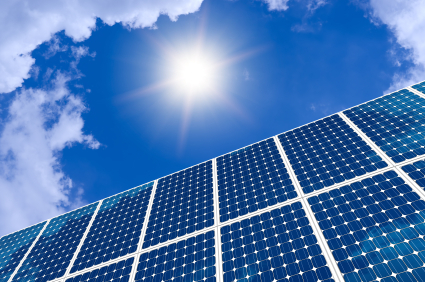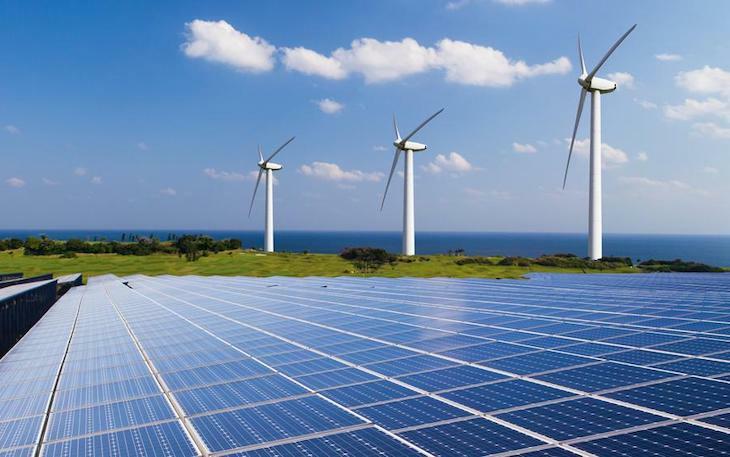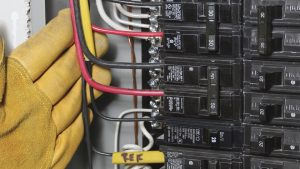Renewable energy sources are rapidly gaining popularity as the world shifts away from traditional sources of energy. These sources of energy provide a clean and sustainable alternative that can help reduce environmental damage and help meet the growing energy demands of a rapidly changing world. But how many types of renewable energy exist?
To answer this question, we must first understand what renewable energy is and how it works. Renewable energy or “alternative energy” is energy generated from sources that are naturally replenished or not finite. This means that they are constantly being replenished, making them a more sustainable source of energy than non-renewable sources like coal or oil.

The most common types of renewable energy include solar, wind, hydropower, geothermal, and biomass. Solar energy is generated by capturing the sun’s light and converting it into usable electricity. Wind energy is created by harvesting the kinetic energy of the wind and converting it into electricity. Hydropower is created by capturing the energy of flowing water and converting it into electricity. Geothermal energy is generated by extracting heat from the earth’s core and converting it into usable electricity. Finally, biomass energy is generated by burning organic materials, such as wood or waste, to create heat which can be used for electricity or for other purposes.
In addition to these five main sources of renewable energy, there are many other less common types, such as wave energy, tidal energy, and hydrogen fuel cells. Wave energy is generated by capturing the energy of ocean waves and converting it into usable electricity. Tidal energy is created by capturing the energy of tides and converting it into usable electricity. Hydrogen fuel cells are a type of renewable energy that produces electricity using hydrogen and other fuels.

These types of renewable energy have been gaining popularity in recent years due to the increasing demand for clean and sustainable energy sources. Renewable energy can help reduce pollution and the effects of climate change, as well as provide a more reliable and affordable source of energy. Renewable energy can also help reduce dependence on traditional sources of energy, such as coal and oil, which are both finite resources.
In conclusion, there are many types of renewable energy sources available, from the five main sources of solar, wind, hydropower, geothermal, and biomass to the less common sources of the wave, tidal, and hydrogen fuel cells. These sources of energy provide a clean and sustainable alternative to traditional sources of energy, helping to reduce environmental damage, meet growing energy demands, and reduce dependence on finite resources. With the right investments and policies in place, renewable energy sources could help create a more sustainable future for us all.
If you are considering using a more cost-effective and cleaner energy source, click here for more information on how to install a renewable energy system in your home.


